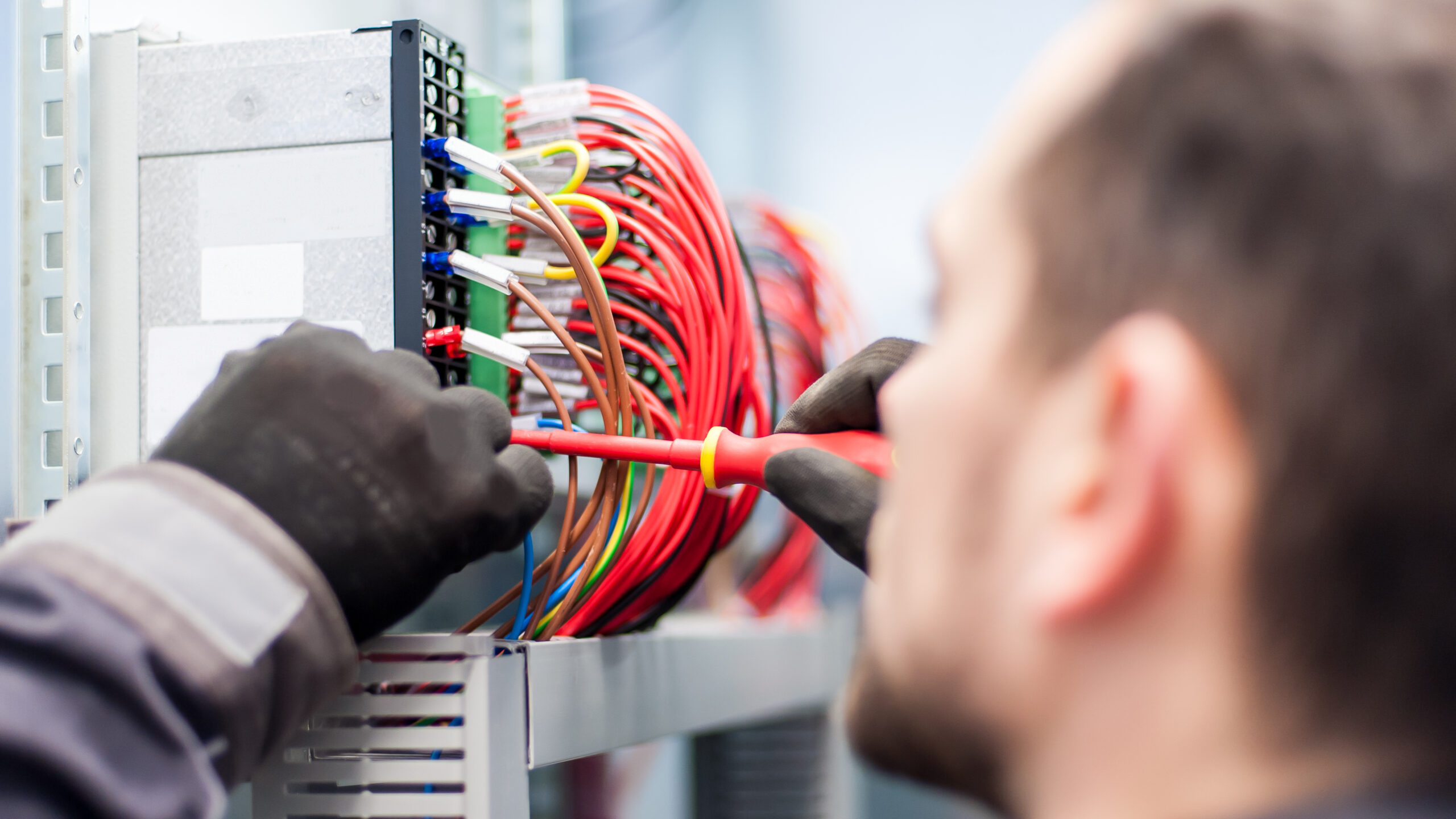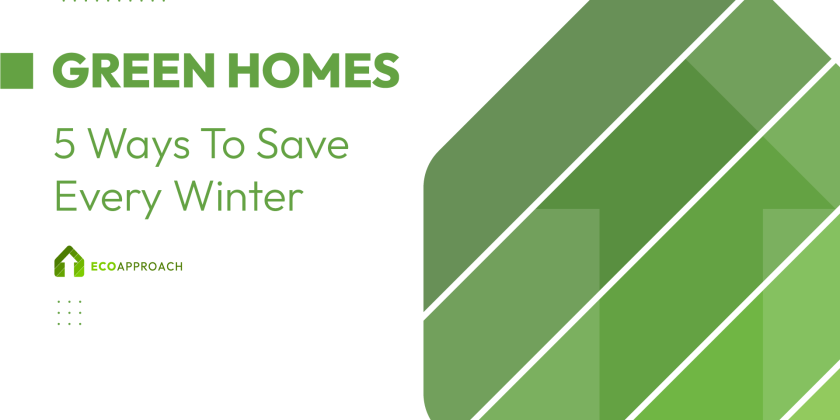Introduction
If you are thinking about having an EICR or have recently had one completed, our guide will provide you with more information. An EICR is not a fault-finding exercise, it is there to assess and report on the condition of your electrical installation within the agreed extent and limitations of the inspection.
Your electrical installations will degrade over time through regular use. Also, improper modifications, additions, or repairs mean that to keep you and your electrical installation safe, it is crucial to have your electrical installation regularly inspected and tested by a qualified professional.
According to BS 7671, carrying out these inspections at recommended intervals to maintain the system’s safety and functionality is crucial (Regulation 135.1). The results, including any damage, deterioration, or non-compliance, should be thoroughly documented for action in your EICR (Regulation 653.2).
The Electrical Installation Condition Report (EICR)
Your EICR assesses an electrical installation against the current BS 7671 standards. As the name indicates the EICR is a report and not a certificate. It serves both you and those involved in future work.
Your report details the extent of the inspected areas, any limitations on testing, and the rationale for these limitations. It aims to provide you with a formal declaration of your electrical system’s condition at the time of inspection.
Why do i need a periodic inspection, testing, or reporting?
The main purpose is to detect and report on any issues that may impair the safety your electrical installation. This includes identifying risks of electric shock, fire hazards from defects, deterioration, or non-compliance with the latest BS 7671 standards that might pose a risk or danger.
The inspection ensures your electrical system remains safe to use until the next inspection.
The inspector
Periodic inspections must be conducted by individuals who are knowledgeable and skilled in electrical safety and BS 7671 requirements. At Eco Approach all of our electricians are fully accredited, trained and hold the relevant electrical qualifications.
Our inspectors are adept in using testing instruments safely and have a thorough understanding of the type of installation they are assessing. They are also aware of the specific safety and isolation procedures related to the installations.
Periodic inspection and testing procedures
Inspections focus on assessing your installation’s safety, condition, and functionality. Our inspectors check for wear, corrosion, damage, overloading, and external influences.
Limitations due to inaccessible parts of the installation are recorded. Immediate dangers are addressed promptly, and any significant findings are documented and classified accordingly.
Classification Codes
Observations during inspections are categorised under specific codes indicating the severity and necessary actions:
| Code | Urgency Level | Description |
|---|---|---|
| C1 | Danger present | This code means there's a danger which needs immediate remedial action. People using the installation are in immediate danger. You should be told to act fast to fix the problem or take action to make it safe, like turning off or isolating the affected parts. Your inspector shouldn't wait until they finish the whole report to give this advice. |
| C2 | Potentially dangerous | This code is for showing that although something isn't dangerous right now, it could become dangerous later. You should be told that even though people using the place aren't in immediate danger, you should still fix the issue as soon as possible to prevent any future danger. |
| C3 | Improvement recommended | This code indicates that even though something isn't causing any immediate danger or future risk, fixing it would enhance your electrical setup and make it safer. |
| FI | Further investigation required | If something seems like it could be reasonably expected to reveal potential or real danger, further investigation will be called for. If your inspector cannot classify the danger due to reasonable doubt whether danger exists, your report has to be marked unsatisfactory. You should be told that there might be a safety problem found during the inspection or testing, but because of the limits of the inspection, it couldn't be fully determined and the issue should be investigate as soon as possibl |
Summary of the Conditions of the Installation
The summary provides a detailed description of your installation’s condition. It considers a range of issues including the adequacy of earthing and bonding, the suitability of control equipment, the condition of wiring systems, and the functionality of the installed equipment.
It must be clear, avoiding vague language, and should give a factual representation of your system’s safety and operational status. The overall condition of your installation is given as either ‘satisfactory’ or ‘unsatisfactory’ on the report.
If your electrical installation is found to be in good condition and safe for continued use, it’s important to remember that this assessment is valid only until the next recommended inspection date noted in the report.
If any issues in your report are marked with a Code C1 or C2, or marked for further investigation (FI) to assess risks, then the overall condition of the installation must be classified as ‘unsatisfactory.’ This is because such findings indicate serious safety concerns that need addressing.
On the other hand, if your report only contains observations with a Code C3, which suggests recommendations for improvement without immediate safety risks, then the overall outcome of the report can be considered ‘satisfactory.’
Distributor and Supplier Equipment
This section details the roles and responsibilities of distributors and suppliers in maintaining the safety and integrity of electrical installations, ensuring they meet the required standards and contribute to the overall safety of the system.
A visual inspection of the Distributor/Supplier’s intake equipment will carefully check components such as the service cable, service head, earthing arrangement, meter tails, metering equipment, and any isolators that are present.
If any issues are detected that could lead to a dangerous situation you will be informed and advised to contact the network operator or energy supplier
On your Electrical Installation Condition Report (EICR), any observed inadequacies in the intake equipment will be marked with an ‘X’ next to the affected item and further details provided in Section K of the EICR.
However, these particular issues should not influence the overall conclusion of the report unless they involve direct access to live parts, which poses a significant safety risk.
Examples of the use of classification codes
Practical examples of how classification codes are applied during inspections help clarify the actions required for each type of observation. These examples aid inspectors in making consistent and accurate assessments.
| Code | Urgency Level | Description |
|---|---|---|
| C1 | Danger present | Exposed live parts due to missing or damaged insulation, or absence of protective devices. |
| C1 | Danger present | Conductive parts have become live due to a fault. |
| C1 | Danger present | Incorrect polarity at the origin of the installation, posing a severe safety risk. |
| C2 | Potentially dangerous | Earthing deficiencies, including the use of unsuitable materials like metallic gas or water pipes. |
| C2 | Potentially dangerous | Absence of circuit protective conductor for circuits connected to Class I equipment. |
| C2 | Potentially dangerous | Ineffective overcurrent protection, high earth fault loop impedance, or protective devices under safety recall. |
| C2 | Potentially dangerous | RCD fails to operate or is absent where required for outdoor equipment. |
| C2 | Potentially dangerous | Socket-outlets and other installations in bathrooms not meeting safety requirements. |
| C2 | Potentially dangerous | Unsatisfactory electrical connections, including loose connections showing signs of overheating. |
| C2 | Potentially dangerous | Wiring systems not adequately supported, posing a risk in fire scenarios. |
| C3 | Improvement recommended | Minor supply issues like single-insulated cables not adequately protected. |
| C3 | Improvement recommended | Electrical equipment and accessories showing signs of wear or inadequate ingress protection. |
| C3 | Improvement recommended | Consumer units and other installations in locations at risk without appropriate measures. |



